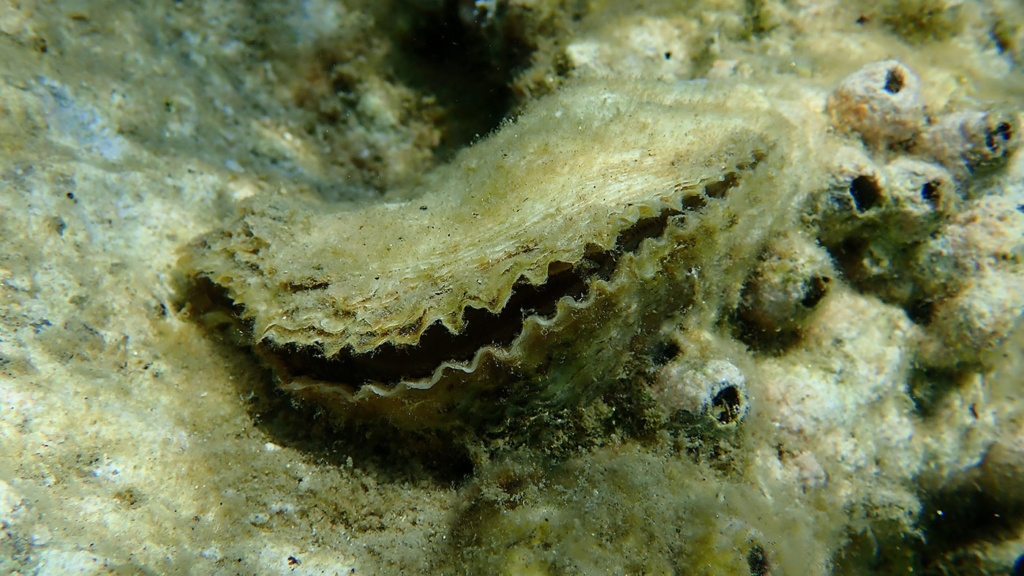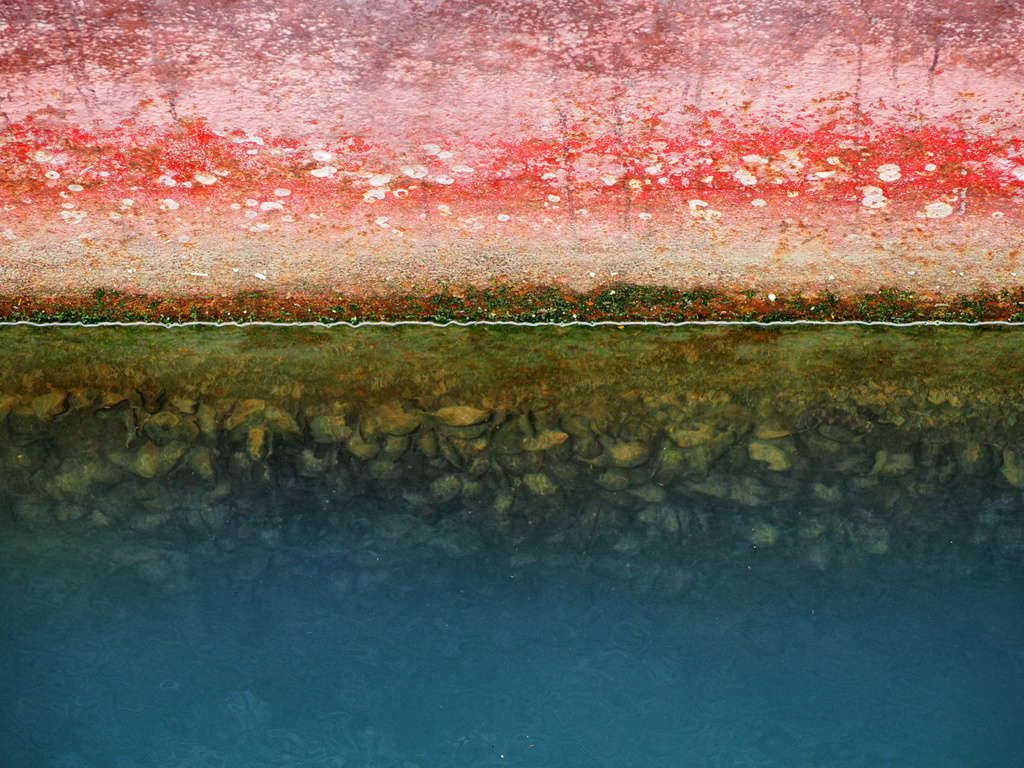Who are the marine aliens?
Alien species, also known as non-native or non-indigenous species are organisms introduced in environments outside their natural habitats, often due to the direct effect of human activities or as an indirect effect of changes in habitat and climate conditions (IPBES, 2023).
When these species establish themselves in a new ecosystem, therefore becoming invasive, they can outcompete native species, disrupt ecological balance, and cause significant environmental and economic damage.
Are the Norwegian coastal ecosystems threatened by marine aliens?
In Norway, the threat posed by marine alien species introduced via maritime activities is particularly concerning when combined with the effects of rising temperatures of marine waters. Increased temperatures can enhance the survival and spread of alien species, thereby representing a dual threat to the biodiversity and health of Norwegian coastal ecosystems including also Arctic and sub-Arctic regions.
The establishment of alien species such as the colonial sea tunicate known as “sea vomit” (Didemnum vexillum), the Pacific oyster (Crassostrea gigas) and the red king crab (Paralithodes camtschaticus), has already been detected in several areas along the Norwegian coast. Here they cause both ecological and economic damage by outcompeting native species (loss of native biodiversity), spreading pathogenic microsymbionts, damaging and increasing maintenance costs of equipment, and causing a loss of market value of native seafood products (Windsland et al., 2014; Wrange et al., 2010; VKM report, 2023).

The significant consequences of the establishment of marine aliens are also recognised internationally, and as part of the multilateral treaty the Convention on Biological Diversity, signatory nations are obligated to prevent and manage spread and impact of these species.
Ship biofouling: The overlooked highway for alien hitchhikers
Ballast water has long been recognized as a major pathway for alien species to spread across the globe. Extensive international efforts have led to the adoption of mandatory regulations for ballast water management through the International Maritime Organization’s (IMO) International Convention for the Control and Management of Ships’ Ballast Water and Sediments.
Unwanted accumulation of both macro- and micro- marine organisms, on ship hulls, known as biofouling, has however been given less attention as a potential vector for introduction of alien species. As ships move between ports, the biofouling organisms, which can include algae, barnacles, molluscs and even microscopic pathogens, can detach and under favourable environmental conditions establish new populations, posing a significant threat to local ecosystems. No legally binding international regulations currently exist for managing ship biofouling, and the lack of comprehensive regulations for biofouling management creates a significant gap
The collaborative effort with the Norwegian Ministry of Climate and Environment
In 2023, the International maritime organizations (IMOs) Marine Environmental Pollution Committee (MEPC) adopted Resolution MEPC.378(80) – the 2023 Guidelines for the Control and Management of Ships’ Biofouling to Minimise the Transfer of Invasive Aquatic Species.
The Guidelines aim to minimize the transfer of alien species through biofouling on ships by providing a globally consistent approach to maintenance and husbandry of ships’ submerged surfaces and structures. The Guidelines are directed at all stakeholders operating directly and indirectly in the shipping sector, although their implementation is currently on voluntary basis.
Norway recognizing the urgency to address the threat posed by biofouling, is now working with IMO together with other countries to establish an internationally binding set of regulations to prevent the global spread of marine alien species through ships` biofouling. In 2024 the Norwegian Ministry of Climate and Environment contacted SINTEF Ocean AS and the Norwegian Institute for Water Research (NIVA) to assist with this process.

SINTEF Ocean and NIVA provided available scientific data on alien species transported by ship hulls and their documented ecological- and socio-economic impacts and conducted an assessment on the effectiveness of the measures set out in MEPC.378(80). The goal was to gather scientific evidence to support the development of mandatory international regulations for ship`s biofouling management.
The findings of this assessment disclosed significant risks associated with alien species transported through biofouling of ships but also highlighted numerous scientific and management gaps that need further effort both from scientists and policymakers.
Building on the findings of the SINTEF Ocean and NIVA report, the Norwegian Ministry of Climate and
Environment collaborated with Canada, Fiji, Finland, France, Mexico, Peru, and the Republic of Korea to submit a proposal to the IMO entitled “Development of a legally binding framework for the control and management of ships’ biofouling to minimize the transfer of invasive aquatic species”, calling for the establishment of mandatory international regulations for ships` biofouling management (full proposal available at MEPC 83/14/1, 2024)
This initiative is a good example of the significant steps that can be made through the direct collaboration between science and policy. Further efforts also involving the national and international maritime industry, local municipalities, national bodies, and international stakeholders will be essential to address the challenges posed by alien species and safeguard marine coastal ecosystems in Norway, and worldwide.
The scientific team that contributed to the project: Dr. Stefania Piarulli (SINTEF Ocean); Dr. Oliver Floerl (SINTEF Ocean); Dr. Mats G. Walday (NIVA); Dr. Adam J. Andrews (NIVA); Dr. Samantha Martins (NIVA); Dr. Nina Bloecher (SINTEF Ocean) Dr. Sigrid Hakvåg (SINTEF Ocean)











Comments
No comments yet. Be the first to comment!